This past weekend I had the very good fortune to share an exceptional experience with good friends. No, it wasn’t a “watch trip” per se . . . it was personal, but it involved people I know through my work with watches.
In fact, a friend had gotten married in Rome. Other friends with whom I have shared some exceptional times on various “adventures in watchmaking” also attended the wedding and over dinner we reminisced about a memorable trip back in 2009 to the Nice observatory for the introduction of the Ulysse Nardin Moonstruck wristwatch.
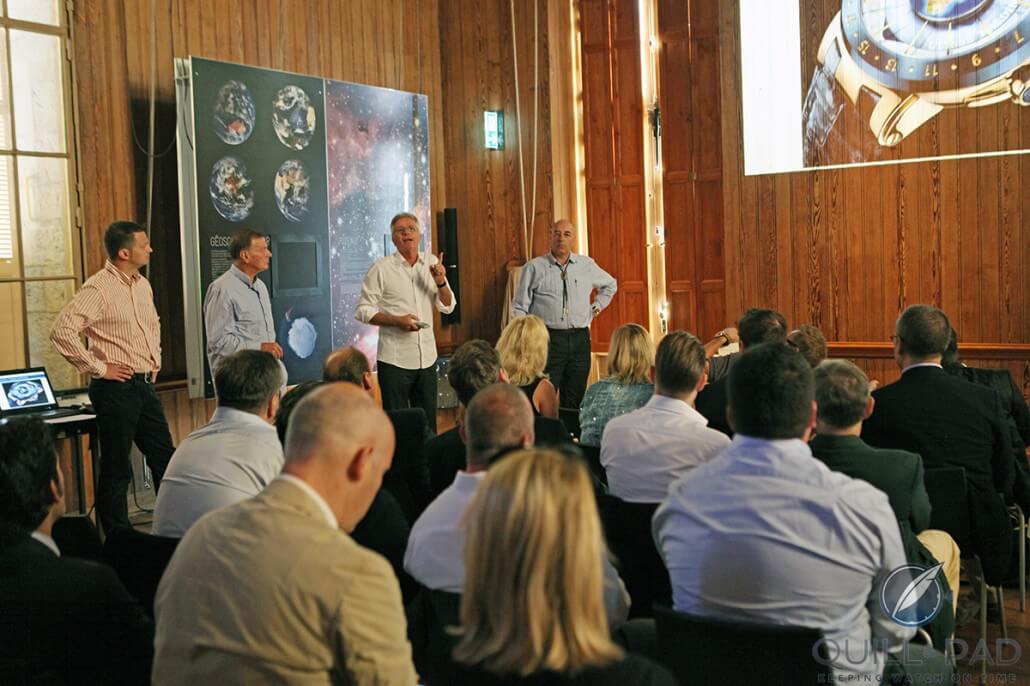
Lucas Humair, Rolf Schnyder, Pierre Gygax (talking), and Ludwig Oechslin presenting Ulysse Nardin’s Moonstruck at the Nice observatory in 2009
That trip was sort of a landmark for me as it was there that I “made friends” with the Internet – which I felt until then was a thing almost to be feared, and certainly not embraced. This trip marked my embarkation upon a new chapter in my career as a watch journalist; the Moonstruck timepiece was the very first watch I ever wrote about online.
It occurred to me that this watch was important for a number of reasons above and beyond my personal feelings. For one, it reinforced Ulysse Nardin’s uncanny ability to combine technology and art, paving the way for the enameling arts that have become part of the brand’s signature on exceptional pieces.
Moonstruck also continued the grand tradition that began with Ulysse Nardin’s epoch-making Trilogy of Time, the third and final installment of which (the Tellurium Johannes Kepler) was introduced in 1992.
During the trip, previous CEO and brand owner Rolf Schnyder – who passed away in 2011 – related that he had hit upon the idea for Moonstruck one day in Malaysia, where he lived for a good part of each year. A fisherman had told him about a tide watch made by the American company Krieger; the fisherman was actually quite disappointed with his purchase, since the Krieger’s tidal display only worked properly in the geographical location it was made for.
The idea, however, was planted in Schnyder’s astute brain, and he began brainstorming with collaborator Ludwig Oechslin to see if there might be a way to make such a display work for the entire planet. Oechslin knew that the tides are not only caused by gravitational effects of the moon, but also by those of the sun.
“Then we all got moonstruck,” Schnyder quipped at the time. While the Trilogy’s Tellurium Johannes Kepler concentrated on the sun and its relationship with the earth, Moonstruck – which could well have been viewed as the belated fourth timepiece in the series – adds a new dimension with the moon and its gravitational command over the earth’s waters.
Full moon fever
I am still amazed at how lovely the Moonstruck is to behold with its beautifully rendered continents. Its shimmering mother-of-pearl dial radiates the complicated features of the watch while providing terrestrial and celestial information to its wearer.
The starring role on the geocentric dial, though, is occupied by the hand-painted earth, which is displayed as it would be seen if one were looking down on it from above the North Pole.
On Moonstruck, it is not the earth that revolves, but rather two disks as they would be seen from the Northern Hemisphere: one carrying a depiction of the sun and one of the moon, each revolving clockwise in a 24-hour period.
The hour marker at 6 o’clock is also a 24-hour display, which can be used to read a second time zone by means of yet another rotating disk with discrete numerals.
The display showing the moon’s position comprises two stacked disks: the top disk is a circular cutaway, while the bottom one contains a sinusoidal wave of color to indicate the phase of the moon. The cutaway moves across the painted disk from completely dark (new moon) to completely colored (full moon) and everything in between to illustrate the synodic month.
One of the really challenging things about moon phase displays on mechanical watches is the accuracy issue since the synodic phase (period between two full moons) is so uneven: 29.5305881 days. The complexity makes it nearly impossible to take an odd number like 29.53 into consideration.
Most movements display more simplified, i.e. less accurate phases of the moon, which means that they need manual correction by a full day every three years (or less) if the watch were to remain wound for this period. There are rare movements with a higher degree of precision thanks to a more complicated movement, and Moonstruck is one of them.
Dynamically dividing the moon display across two disks to form one indication achieves more accuracy as well. “Moonstruck’s precision deviates by about 12 hours in 70 years,” Oechslin matter-of-factly stated at the time. “Since the watch needs to go in for maintenance every 5 to 10 years, thereby being reset, this deviation will probably never be discernible.”
Turn of the tide
Tidal displays on watches are not new; what was new at the time – and remains innovative as far as I am aware – is the global indication of the tides, which makes geographical location a moot point. The rotating depictions of the sun and moon allow Moonstruck to indicate the cumulative and subtractive effects of their gravitational forces: tides.
Reading the tides is not as complicated as it may seem. The dark blue sections surrounding the moon and sun disks depict the celestial bodies’ gravitational forces in a very straightforward way; in other words, the ocean water pulled toward them as a result of their gravity. The smaller curved sectors located directly across from them indicate ocean waters that rise as a result of the earth’s centrifugal force.
When both gravitational sources are in alignment, around new and full moon, they result in spring tides. This word does not refer to the season, but the strength, “spring” as in “jump.” When the sun and moon are positioned at around 90 degrees to one another (as viewed from earth), the sun partially cancels out the gravitational force of the moon, and these minimum tides are called neaps. About seven days separate spring and neap tides.
Conventional displays
Above and beyond all the astronomical wizardry, Moonstruck also contains more down-to-earth elements. Like Ulysse Nardin’s most popular models, it is outfitted with the plus-minus GMT controls that make traveling with a mechanical watch so practical. Not only are time zones easily mastered both backward and forward in one-hour increments, but adjusting for Daylight Savings/Summer Time is also a snap.
The time is very discretely shown by two hands poking out from behind the earth with luminous tips that make it easy to read the time in adverse lighting conditions. A luminous-tipped date hand points to numerals engraved in the bezel to display the current date. The moon, by the way, does not automatically follow an adjustment to the date.
Movement technology
While the Trilogy of Time’s complicated calculations came in the form of modules added to base ETA movements, Moonstruck’s Caliber UN-106 was conceived, developed, and manufactured at Ulysse Nardin.
This, of course, is not all Oechslin’s doing. While he provided the conception work for the six-year-long development, the actual accomplishment must be attributed to the entire Ulysse Nardin team, and in particular to Pierre Gygax as technical director (for the company’s accomplishments in the area of silicon technology among other things) and head watchmaker Lucas Humair for movement realization.
I cannot stress how fondly I recall the introduction of this watch and how significant it is to me. I am very pleased to share these recollections with you now even though it’s no longer breaking news.
For more information, please visit www.ulysse-nardin.com/en/swiss_watch_manufacturer/Collection/Exceptional/Moonstruck.
Another high precision (in fact the highest) moon phase display watch that you may find interesting was made by Andreas Strehler. Read Blood Moons, Lunar Tetrads, and the Andreas Strehler Sauterelle À Lune Perpétuelle to find out just how precise it is.
For more on Ludwig Oechslin’s accomplishments and recent retirement as curator of the International Museum of Horology (MIH), read Ludwig Oechslin Retires as MIH Curator and Director.
Quick Facts Ulysse Nardin Moonstruck
Case: 46 mm, red gold or platinum
Movement: automatic UN Caliber-106 with silicon escapement and balance spring
Functions: hours, minutes; 24-hour display; displays of moon position and phase; sun position; tides
Limitation: two limited editions of 500 pieces each in red gold and platinum
Price: $97,500 in red gold and $125,500 in platinum

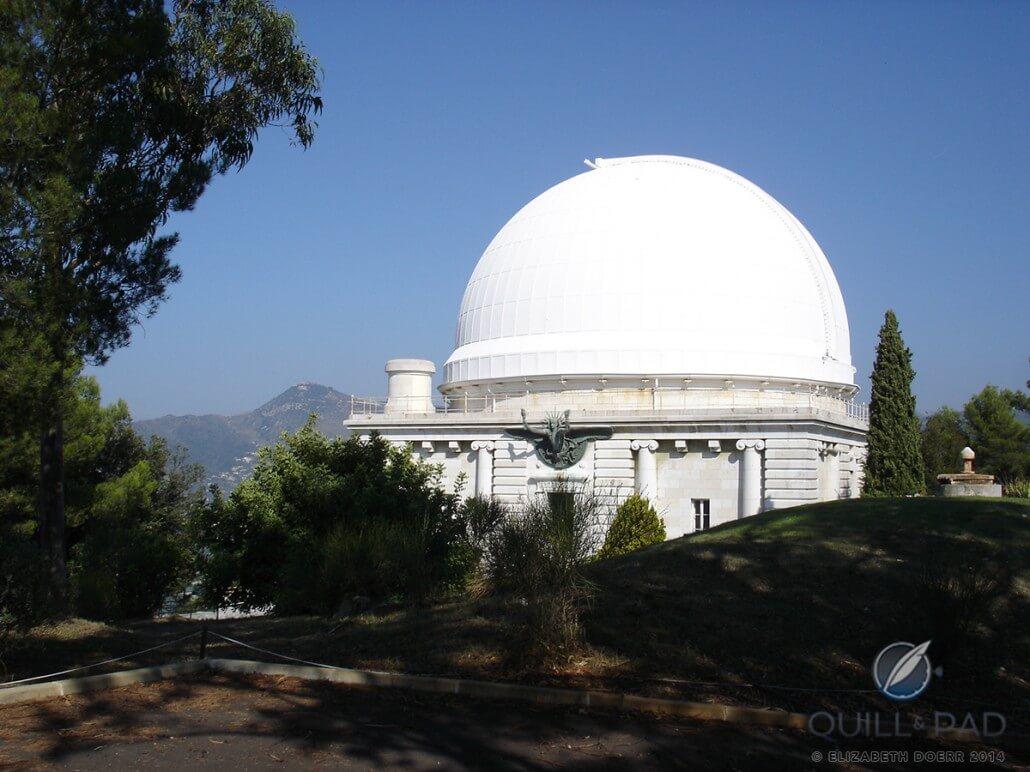
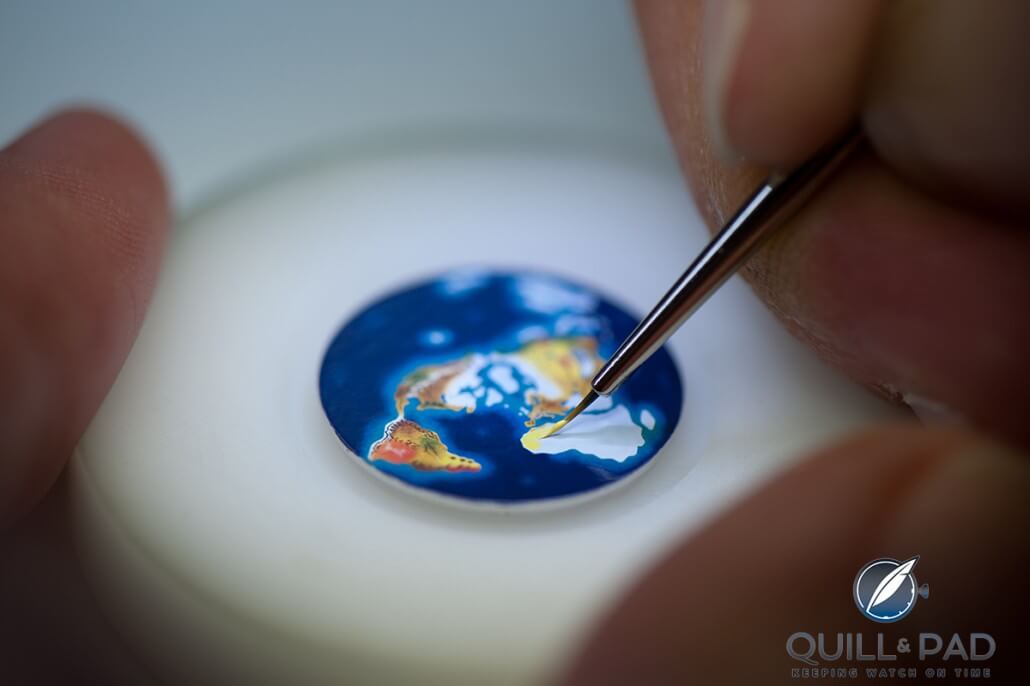
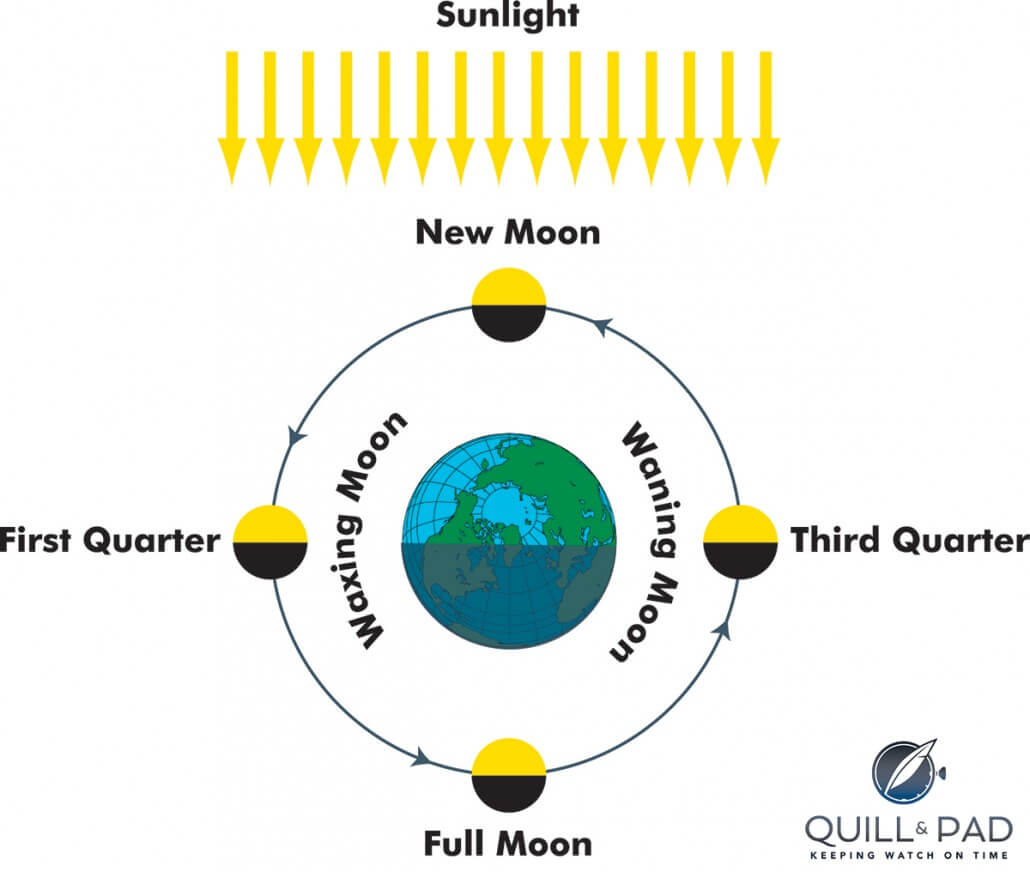
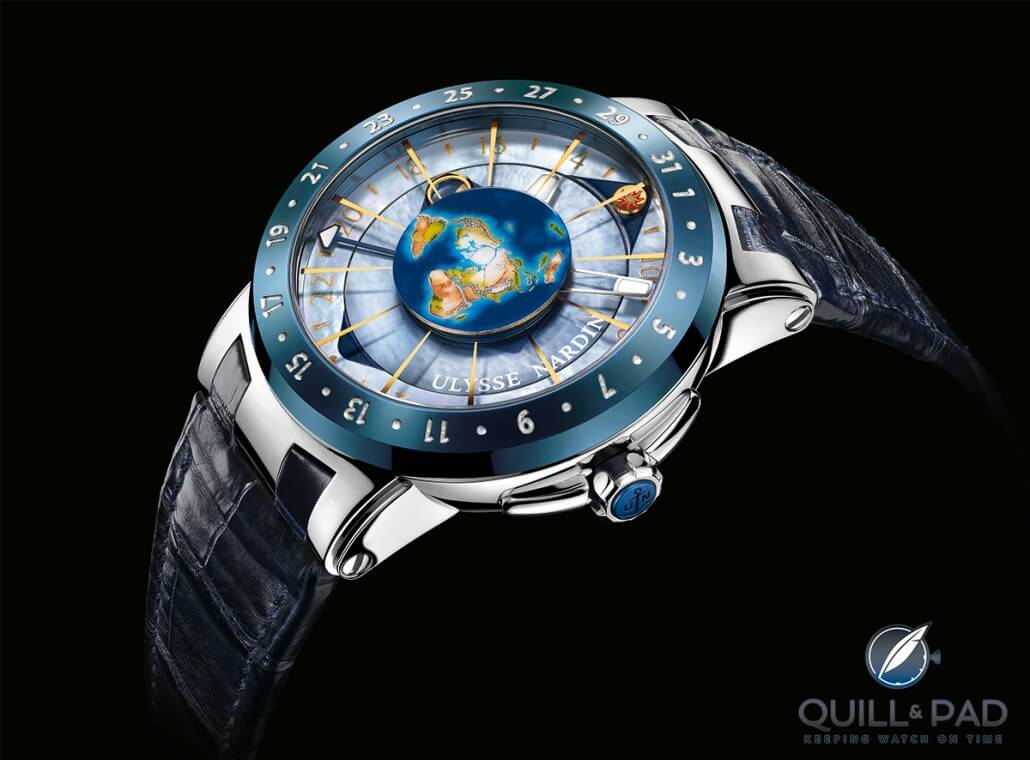
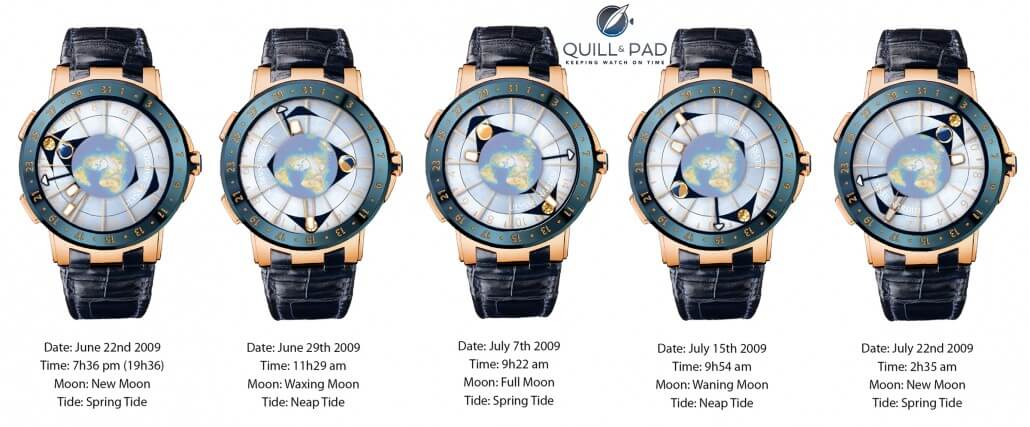

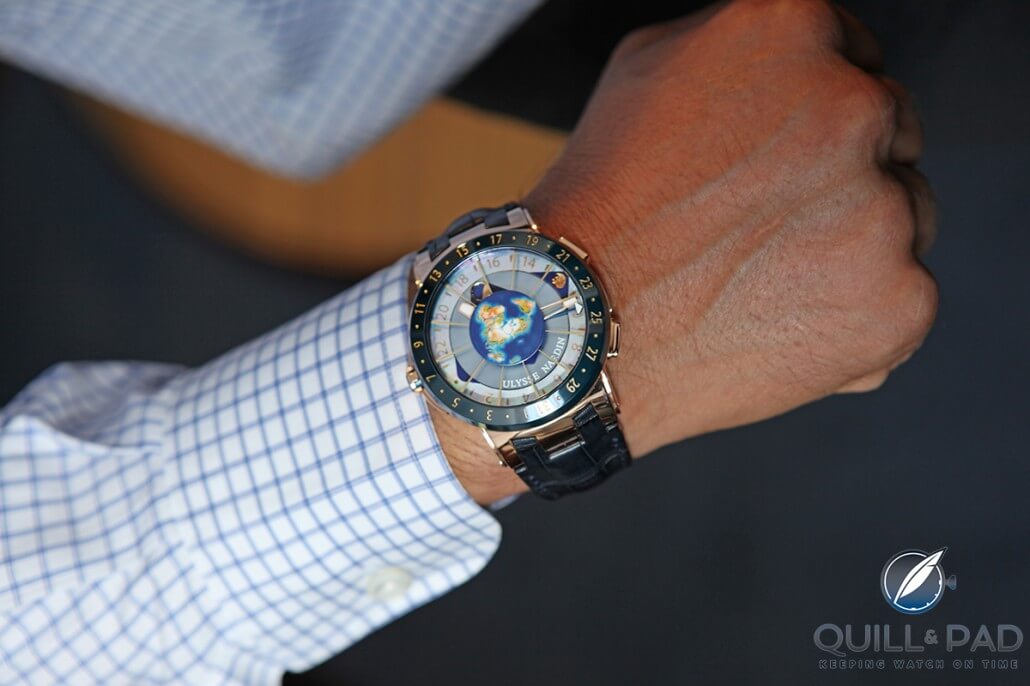
Trackbacks & Pingbacks
[…] initial premise of the Moonstruck has now been extended to include world time. But before we jump into that, let’s briefly refresh […]
[…] Ulysse Nardin exhibited for the first time at the Monaco Boat Show in 2009. To mark this event, the brand made two important introductions: the first was the highly anticipated Moonstruck, a watch containing an astronomical complication that allows it to display not only the motion of the sun and the moon around the earth, but also the tides and their trends at any given geographic location (see Moonstruck Again: How Ulysse Nardin Never Ceases To Amaze). […]
[…] timepiece, you would know what I mean. It has on occasion literally taken me hours to set an Ulysse Nardin Moonstruck, a watch I absolutely […]
Leave a Reply
Want to join the discussion?Feel free to contribute!